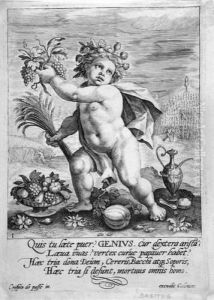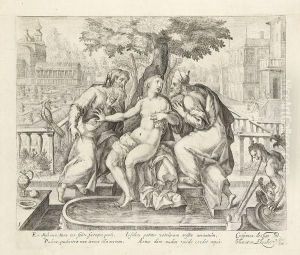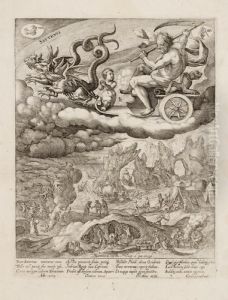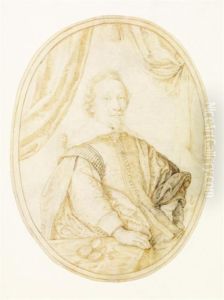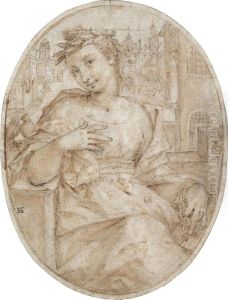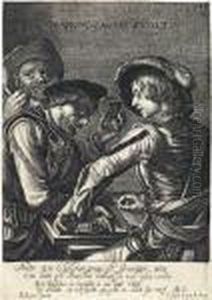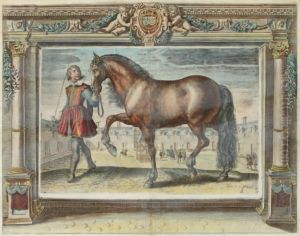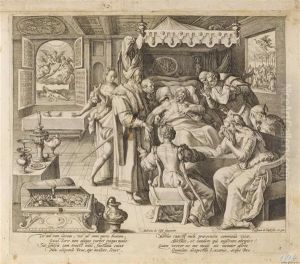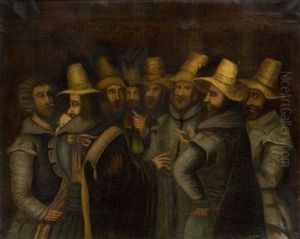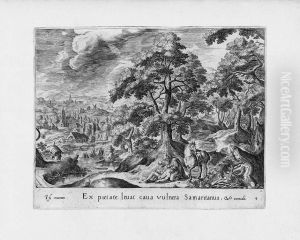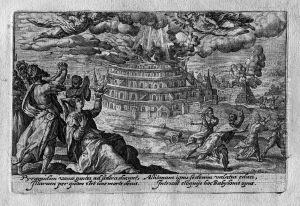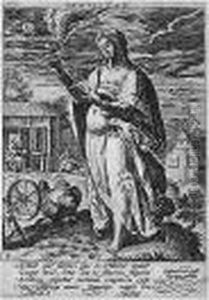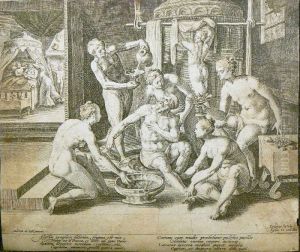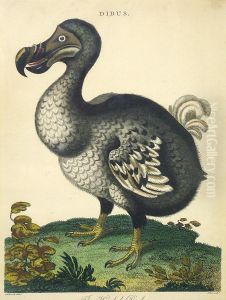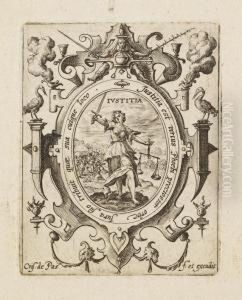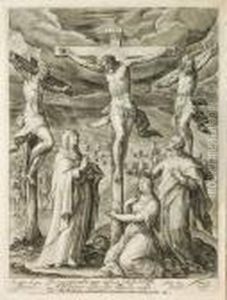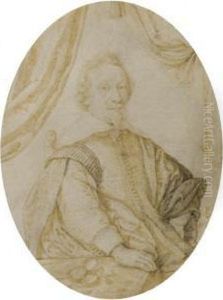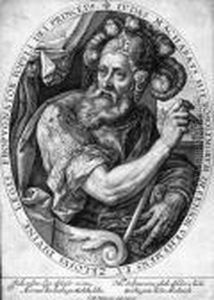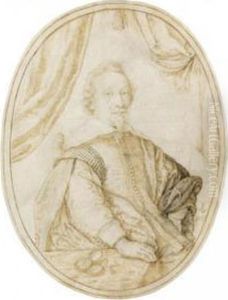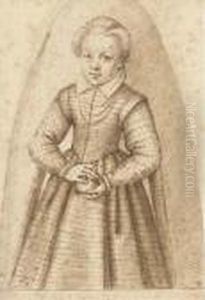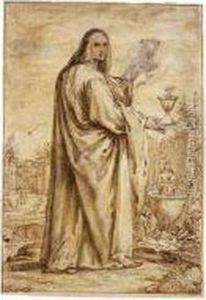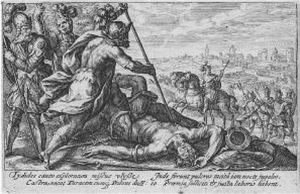Crispijn I De Passe Paintings
Crispijn de Passe the Elder, also known as Crispijn I de Passe, was a renowned Dutch engraver and publisher. Born around 1565 in Arnemuiden, a small town in the Netherlands, de Passe came from a family of artists and developed his skills in the art of engraving at an early age. Throughout his career, he was known for his intricate and detailed engravings, which made him one of the most prominent printmakers of his time.
Crispijn de Passe established himself in Cologne, Germany, where he married Magdalena de Bock; they had several children who also became accomplished artists. He ran a successful print shop and produced a wide variety of works, including portraits, religious subjects, and allegorical scenes. De Passe's engravings were not only artistic but also served as a means of disseminating images across Europe, contributing to the spread of styles and ideas during the late Renaissance and early Baroque periods.
In 1611, due to religious turmoil, de Passe moved his family and workshop to Utrecht in the Dutch Republic, where he continued his work. His output was prolific, and his engravings were often used as illustrations in books, including emblem books, which were popular at the time. These books combined images with moralizing texts and were intended for a broad audience, serving both as educational tools and as sources of entertainment.
The work of Crispijn de Passe the Elder was characterized by a high level of craftsmanship and an ability to capture the essence of his subjects with precision. His legacy continued through his children, particularly Crispijn de Passe the Younger, who carried on the family tradition of printmaking.
Crispijn I de Passe's contributions to the art of engraving were significant, and his works are still studied and admired today for their beauty and historical value. He passed away in 1637 in Utrecht, leaving behind a body of work that remains influential in the study of printmaking and the history of art.
